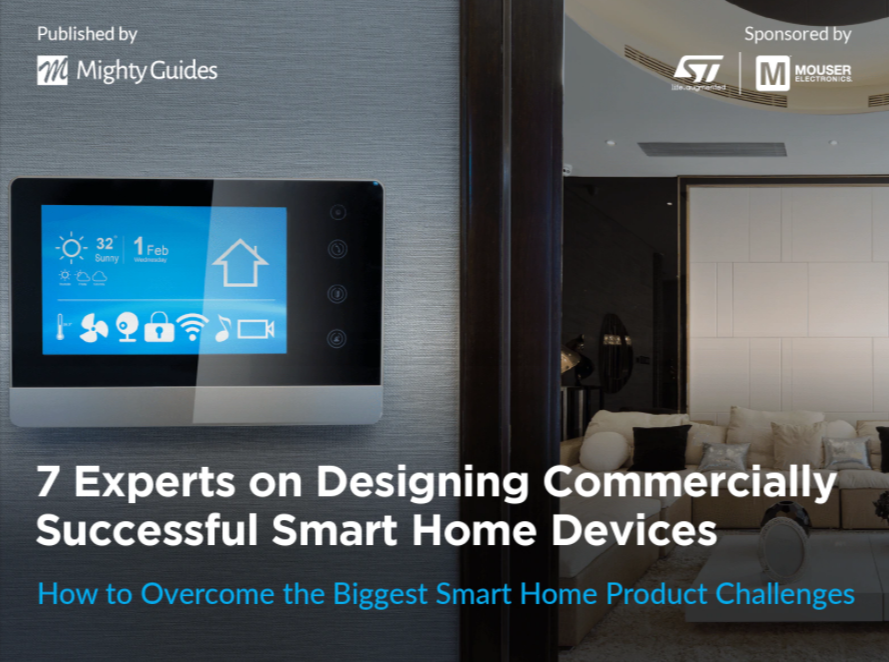
Vibhoosh Gupta, Director of Product Management, Emerson Automation Solutions
- The purpose of an IoT solution is to provide an optimization layer in addition to the basic controls that already exist. It needs to make processes smarter and more efficient.
- Security involves the use of components such as a Trusted Platform Module to ensure secure startup, the use of authentication and encryption in communications, physical device security, and evaluating supply chain security.
“When you think in terms of a solution, from the design point of view, you have to start thinking beyond the product you’re developing.”
When asked to describe the challenges he sees in designing commercially successful products for smart buildings, Vibhoosh Gupta, director of Product Management at Emerson, says that the first challenge is not to think in terms of products but instead in terms of solutions. A device with features and functions is a product. A solution is more than that. A solution solves a problem, and to solve a problem, you need relevant inputs and useful outputs. It all begins with defining the purpose of the solution.
“The purpose of an Internet of Things (IoT) solution is to provide an optimization layer in addition to the controls you currently have. It makes your process smarter and more efficient,” says Gupta. More specifically, it delivers two kinds of outputs:
- Make machines smarter. Smart IoT solutions process inputs gathered from sensors so that control systems can make smarter operational decisions on their own. A traditional heating, ventilation, and air conditioning (HVAC) system is controlled by a dumb temperature sensor driving an on-off switch. A smart HVAC system processes a lot of data from many sensors—indoor temperature at different locations, outside temperature, humidity, air pressure in ductwork, and which rooms have people, and which do not. The controller uses all this data to optimize temperature at different places in the building while minimizing energy consumption.



